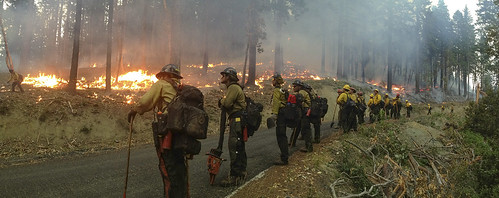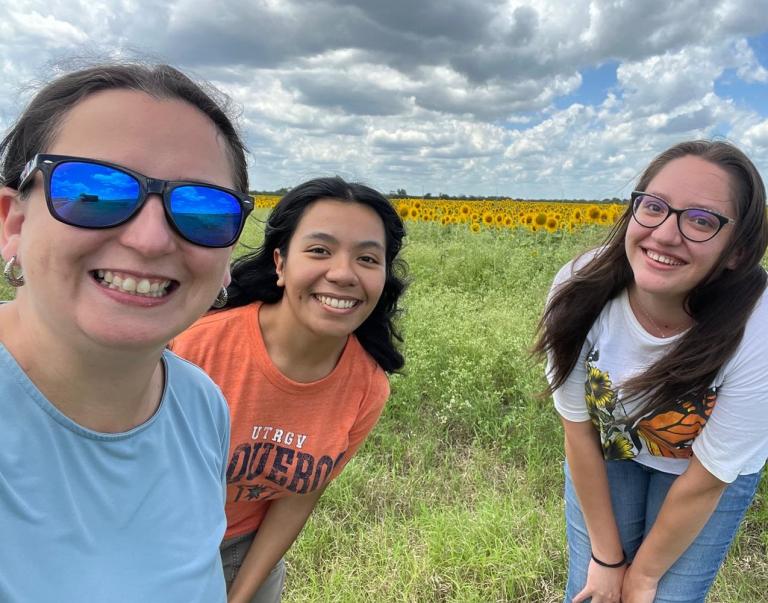
During the month of May, we are putting a focus on delivering benefits to the public. While the U.S. Forest Service provides value to the American people in a variety of ways, I wanted to focus on how we mitigate wildfire risk as fire season is already upon us.
Some of you might not know this, but my very first job in the Forest Service was in fire. It was a way to get my boot in the door as a seasonal employee and allowed me be a part of something great. Early in my career, everyone participated in fire – certainly if you were on a fire crew – but when a large fire occurred, everyone pitched in when needed.
I remember a fire on the Salmon-Challis National Forest that had been burning for weeks. It had multiple divisions on it and various branches because of its size and complexity. The team was doing a large burnout operation and a lot of focus and activity was on one branch of the fire. During this time a call came over the radio from a crew at another part. They were talking about a change in fire behavior and were calling for water drops. As I moved to a better position, I was looking down and maybe a half mile or three quarters of a mile away I could see a small column starting to build. We watched it for a short period of time to gauge what it would do, but then we had to get out, as it began to spread. With the heads up we could get to our safety zones. Others will remember this fire, everyone returned safe, but seeing how a fire can change in an instant will make me remember that day always.
But the fires we fought during the early part of my career and the ones being suppressed today have changed. We had large fires but they were somewhat rare and unusual events. Today those events are common. We see those types of fires every year due to changes in the climate, dryer fuels, increased biomass, etc. Fire seasons have become 60-80 days longer than they used to be.
Today, fires are more extreme when you see how fast they can race across a landscape. In New Mexico in 2000, we had a fire outside of Los Alamos and it burned 40,000 acres in six days. Then in 2011, we had a fire in similar terrain and it also burned 40,000 acres … in 12 hours.
Then after the flames are out, we have a responsibility to help areas recover and take the necessary emergency steps following every burn to reduce hazards to the public. Often we will have two or three years of restoration, which can be every bit as labor intensive and critical as suppressing the fire.
I was recently asked what type of person it takes to fight a wildfire. My answer was – all types.
There’s the job done on the line in suppressing the fire. But there’s also the people doing the resource ordering and the folks driving the vehicles. There is the ecologist who helps us understand fire behavior and the computer technicians who understand the technology. It truly takes the entire team to get the job done.
While the growth of wildfires has impacted communities and people across the county, it has also put a strain on other areas of the Forest Service.
We are operating under a constrained budget and have been for many years now. The cost of fire suppression continues to go up and there is no question that we will always respond to fire when needed. I want you to know that we are working with a tremendous amount of support from the President, Secretary of Agriculture and Congress to fix this budget issue so that we will not continue to see the rest of our programs diminished and reduced to be able to meet the cost of fire suppression.
When it comes to fighting fires there are few organizations that would rival what we do. We have the technology, skills and experience with a maintained focus on learning and education as well as safety.
For anyone in this organization who has played a role in mitigating wildfire risk, I want to thank you for your hard work, dedication and devotion to our national lands. For those who put themselves in harm’s way to combat fire, your courage and commitment is the backbone of everything we stand for. Please be safe.
It is my honor to serve as your chief. Thank you for all that you do.


